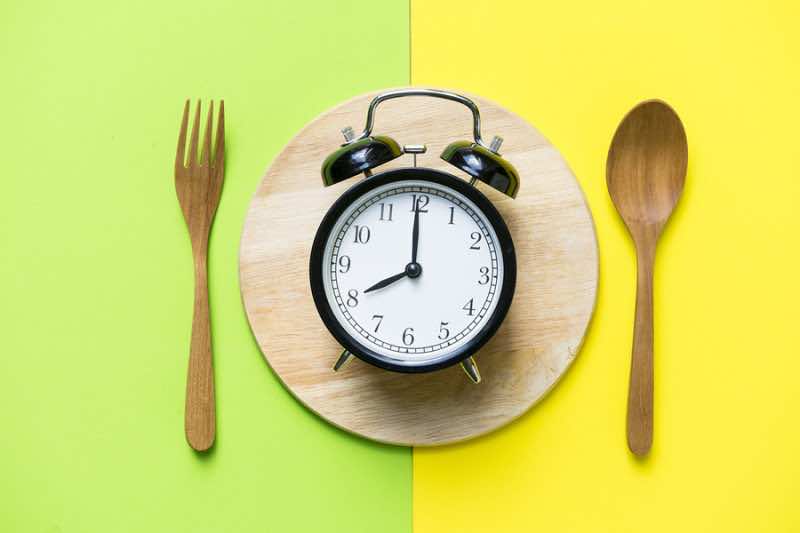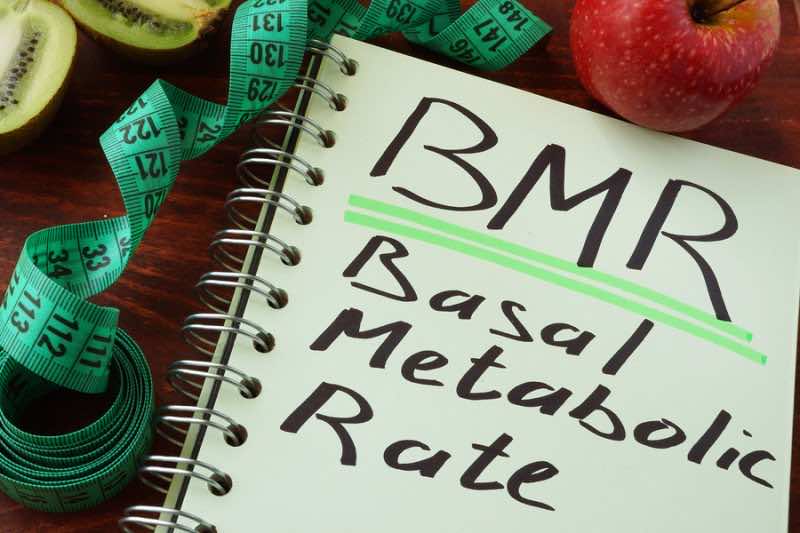
The Beginner’s Guide To Flexible Dieting


The Beginner’s Guide To Flexible Dieting

Are you someone who hates strict rules and guidelines regarding your diet plan? Are you tired of always feeling like you have to eat certain foods when you’re craving something else entirely? Are you sick of feeling like your life is being dictated by some diet program?
If so, we have a solution. Flexible dieting is likely your best choice in the future. While some people thrive on routine and structure, others feel claustrophobic when they have a too strict plan. The walls are closing in on them, and they have no room to breathe.
Flexible dieting is all about, well, being flexible. Let’s review the details you need about this incredibly popular approach.
The Premise Of Flexible Dieting
First, let’s talk about the premise of flexible dieting. The idea behind this approach is that you need to consume fewer calories than you burn to lose body fat. In addition, it’s important to eat the right amount of proteins, carbohydrates, and dietary fats, as these will dictate how your body feels, how much lean muscle mass you maintain, and how well you recover between exercise sessions.
Those are pretty much the only guidelines you are given. Flexible dieting involves setting up your target calorie intake to include the deficit you need and then getting your target grams for each of the three macronutrients.
Once you have these numbers, it’s up to you to hit them, choosing the foods you desire. You can select any foods you like – no foods are off-limits. Hence, the flexible approach.
This said the approach encourages healthier choices more often than not, as eating wholesome foods will help you maintain good health, prevent disease, and make sticking to your target calorie level easier since you won’t be as hungry.
For instance, you can eat 1500 calories of pizza in about four slices, but if you eat the same amount of calories from chicken, sweet potatoes, and steamed vegetables, you’ll get a lot more food that way.
Benefits Of Flexible Dieting

So, what are the benefits to be had with the flexible dieting approach?
First, you won’t feel restricted. Since no food is off limits, there should be no reason for you to ever really cheat on your diet plan. All you need to do is integrate whatever food you want into your total daily calorie allotment. As long as you can do that, anything goes.
Second, most people will find that this diet fits their lifestyle better. For instance, if you are on a very strict diet plan and are asked to go out to eat with your co-workers for lunch, you may not be able to partake in the event if they’re hitting the pasta house where there’s nothing to order. Flexible dieting makes it easy. You’ll be all set as long as you can find the nutritional facts of the meal you plan to eat and choose something you can integrate into your daily numbers.
The third nice thing about flexible dieting is that it works with many other diet plans. For instance, if you like to eat using the paleo principles, you can apply those to the flexible dieting approach. You’ll eat ‘paleo friendly’ foods, hitting the targets outlined in the flexible dieting plan.
Likewise, if you happen to be a vegetarian, you can also make flexible dieting work for you here. Simply choose vegetarian-friendly foods that fit your macros and calorie intake, and you’ll be all set.
Another nice thing about the flexible dieting plan is that it’s a great transitional plan, meaning it’s easy to go from diet to maintenance. All you’ll do is add more calories and likely carbs/fats and continue as you are. Some diet plans don’t teach you how to eat properly, so you regain all the weight as soon as you stop the diet. With the flexible dieting plan, as long as you continue doing the same thing you’re doing while dieting but with more calories, you should have no problem maintaining your new body weight.
Finally, flexible dieting also makes it easy to plan for events. If you have a large dinner function where you know you’ll be eating more food, you can shift more of your calories, carbs, and fats to that meal, cutting back on the prior meals.
While you can theoretically do this with any diet plan with a bit of figuring, it’s simply easier to do it on the flexible diet approach as that’s what it was designed for.
Drawbacks Of The Flexible Dieting Approach

While flexible dieting is an approach many people love, there are some drawbacks that you should know about.
First, it can be a bit more time-intensive. You do have to hit your target calorie and macro intakes for the day unless you plan to eat the same foods every day (which would more or less defeat the purpose of the flexible dieting approach, to begin with!). You’ll have to constantly take time out every day to figure out how many calories are in your food.
This means entering the foods into some nutritional calculator such as MyFitnessPal or a similar application.
This may be a bit of a drag for those who are busy.
Another drawback is that it can make it too tempting for some people to eat foods they shouldn’t. If you have a real sweet tooth, for instance, and now are essentially getting permission to eat whatever foods your heart desires, this may not necessarily be a good thing regarding your health. If you’re constantly feasting on sugary items because it ‘fits your macros’, you’ll have health problems – quite possibly, diabetes.
Finally, the last drawback to the flexible dieting approach is that it may not be optimized for performance. To see maximum performance in the gym, it’ll be important that you are eating the right foods before and after exercise. Unless you plan to do this, you may fall short of just choosing to eat whatever you like.
Who Flexible Dieting Is Best Suited For
So, who is best suited to using this approach? As you might have guessed, it won’t be the best approach for everyone. Each person has certain dieting characteristics and factors that will make it better or worse for their preferences.
With flexible dieting, those who enjoy planning different meals daily and who don’t mind calorie counting will be well served by it. If you’re someone who hates number crunching, you’re better off finding a different plan since this is what this particular approach is all about.
Flexible dieting is also not for those who have binge-eating tendencies. If you are someone who tends to find that if you eat a small scoop of ice cream, that leads you to devour the entire pint at once because you lose all self-control, you too will want to use another approach or, instead, make sure that you only allow yourself to choose healthy foods while using the flexible dieting set-up.
Implementing Flexible Dieting Into Your Lifestyle

So how do you implement the flexible dieting plan into your day? You’ll want to use a formula to determine your calorie intake and macro targets.
The most commonly used equation is the Harris-Benedict equation as follows:
Men: BMR = 66 + (13.7 X weight in kgs) + (5 X height in cm’s) – (6.8 X age in years)
Women: BMR = 655 + (9.6 X weight in kgs) + (1.8 X height in cm’s) – 4.7 X age in years)
Put your numbers into that equation, which will give you your resting metabolic rate. Basically, if you lay in bed all day and didn’t move a muscle, this is the total calories you would burn.
Once you have this, you need to factor in the fact that you aren’t lying in bed all day but are living your life.
You’ll use what’s referred to as an activity multiplication factor to estimate this. Basically, with this factor, you’ll times your resting metabolic rate (the number above) by the multiplication factor to get your maintenance calorie intake.
The multiplication factors are as follows:
Sedentary = BMR X 1.2
Lightly Active (1-3 days of light exercise) = BMR X 1.375
Moderately Active (3-5 days of light exercise) = BMR X 1.55
Very Active (6-7 days of exercise) = BMR X 1.725
Exceptionally Active (laborious job and 6-7 days of activity) = BMR X 1.9
Put your numbers into that and have your final daily maintenance calorie intake.
From here, you can now adjust this to begin losing weight. How much will you need to adjust it?
Remember that there are 3,500 calories in one pound of body fat, so if you want to lose about one pound per week, you’ll want to reduce your calorie intake by around 500 calories daily.
If you want to lose ½ pound per week, you’ll want to eat about 250 calories less per day.
While you can aim for two pounds of weight loss per week, only very heavy individuals should try for this aggressive rate. For most other people, creating a deficit of 1000 calories would put them at risk for nutritional deficiencies and may cause their metabolic rate to decline.
For most average individuals, a 250-500 calorie deficit per day is where you want to be.
After your target calorie intake, you need to set your macronutrient requirements. Most people will do best consuming around 1 gram of protein per pound of body weight. Set that and figure out how many calories it represents (remember there are 4 calories per gram of protein).
Now, you have the remaining calories to add to your carbohydrates and fats. There aren’t any hard and fast rules for exactly how much you should eat with these nutrients, but generally speaking, try and aim for no less than 0.3 grams of fats per pound of body weight and, if you can, at least 70-100 grams of carbohydrates.
Once these minimums are set, you can divide the rest of the calories however you prefer according to your preferences.
After you’ve arrived at your numbers, you’re ready to begin and have everything you need to move forward.
So there you have your basic guide to the flexible dieting approach. If you’re looking for a little less structure with your diet plan and want the ability to choose foods on the go, this may be the perfect plan for you. Many people are currently using it with great success.
